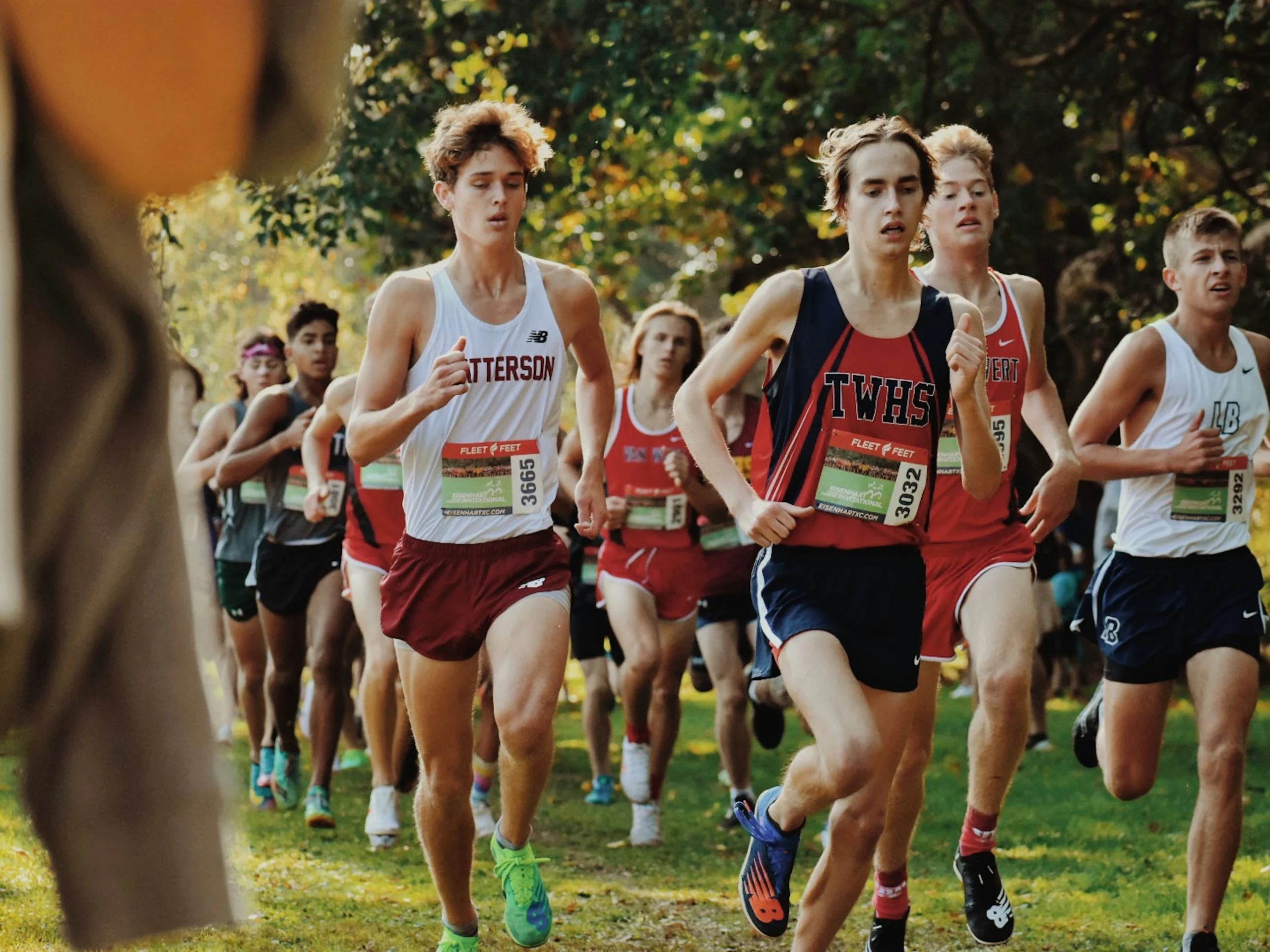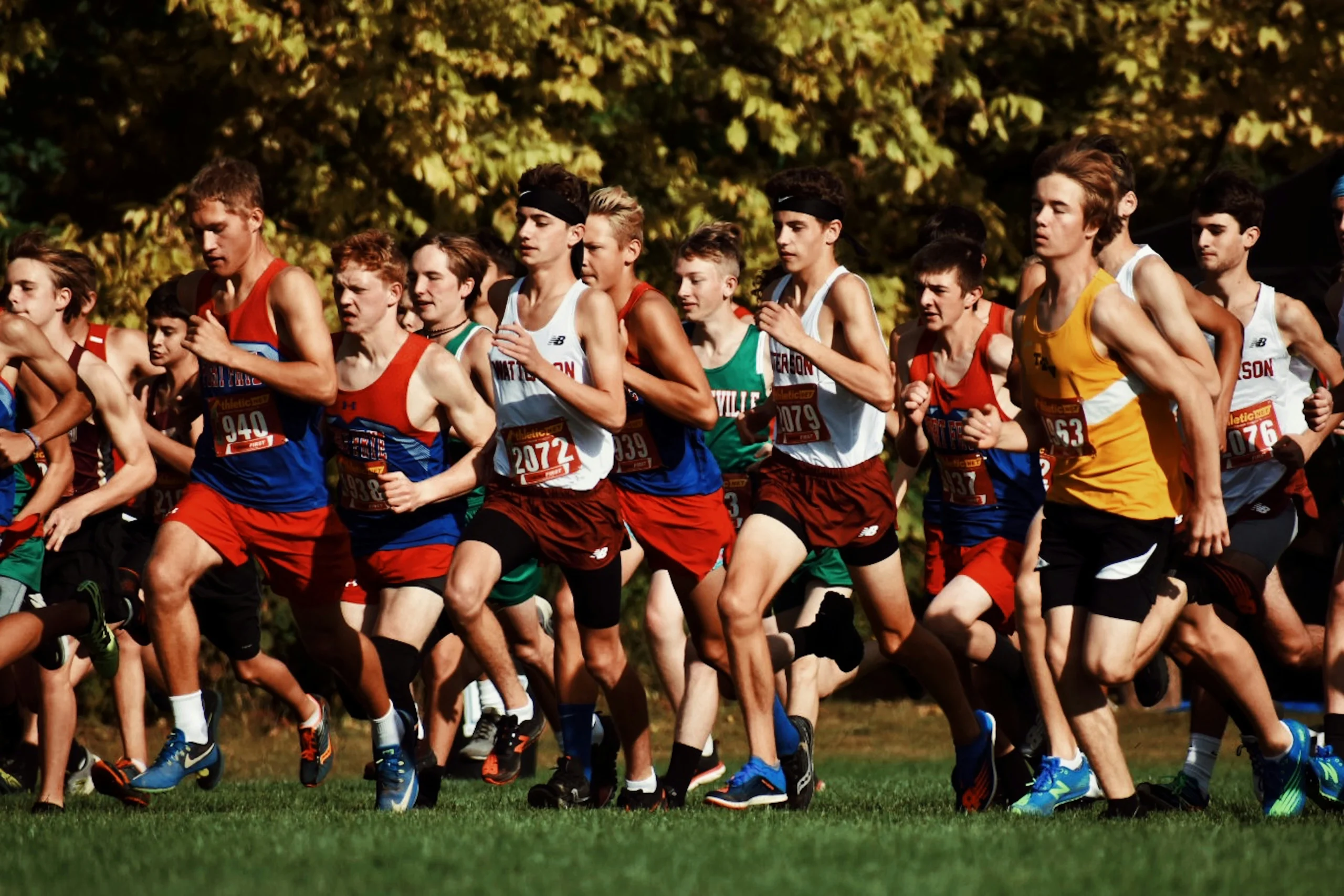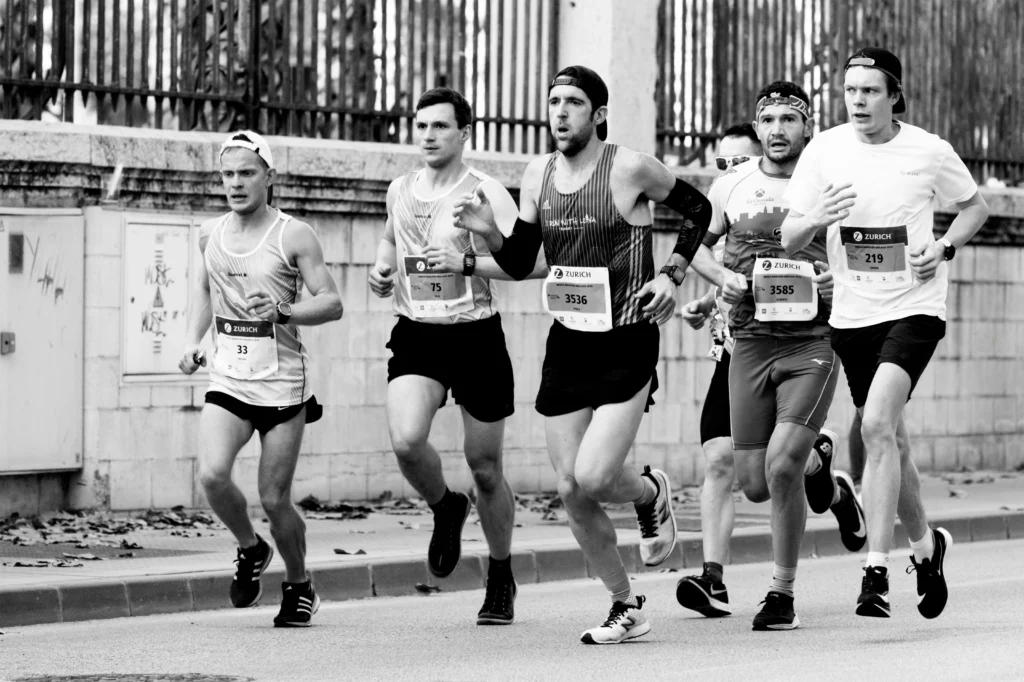Running has always been at the heart of the Ancient Olympic Games. These games, held every four years in Olympia, Greece, included several running events that were not only a test of speed but also a display of strength, endurance, and honor. But what was the true role of running in these ancient competitions? In this article, you will find the history of running in the Olympics, exploring how it shaped the ancient world and became a symbol of athletic prowess.
The Origins of the Ancient Olympic Games
The first recorded Olympic Games took place in 776 BCE at Olympia. During these early games, there was only one event—the Stadion race, which was about 192 meters long. It was the most prestigious event, and winning it brought immense honor. While running as a sport has been a central element in the Ancient Olympic Games, it raises the question of when and where running was invented as an organized activity.
Timeline of Running Events in the Ancient Olympics:
| Year | Event Introduced | Distance |
| 776 BCE | Stadion Race | ~192 meters |
| 724 BCE | Diaulos | ~384 meters |
| 720 BCE | Dolichos | ~1,344 to 4,608 meters |
| 520 BCE | Hoplitodromos (Armored race) | ~400 meters |
| 393 CE | Last Olympic Games | N/A |
Significance of Running in the Ancient Greece
Running was more than just a sport in ancient Greece. It was a way to showcase physical fitness, discipline, and mental fortitude. In a society that revered athleticism, running events were a public demonstration of personal excellence. The Ancient Olympic running competitions not only determined individual honor but also reflected on the athletes’ home cities.
Types of Running Events in Ancient Olympics
As the games evolved, different types of races were introduced:
- Stadion Race
- Diaulos
- Dolichos
- Hoplitodromos
| Running Event | Distance | Year Introduced |
| Stadion | 192 meters | 776 BCE |
| Diaulos | 384 meters | 724 BCE |
| Dolichos | 1,344 – 4,608 meters | 720 BCE |
| Hoplitodromos | 400 meters (in armor) | 520 BCE |
These events showcased a range of athletic abilities, from quick sprints to endurance and strength challenges.

– The Stadion Race: The Ultimate Sprint
The Stadion race was the highlight of the ancient Olympics. It was the only event during the first 13 Olympic Games and remained the most prestigious even after other events were added. A victory in the Stadion was not just a win; it was a symbol of the greatest athletic achievement. The length of the Stadion, roughly 192 meters, was based on the length of the stadium at Olympia.
– Diaulos and Dolichos: Long-Distance Challenges
The Diaulos and Dolichos races introduced longer distances and greater challenges for the athletes. While the Diaulos required more stamina than the Stadion, the Dolichos pushed athletes to their physical limits, with distances ranging from 1,344 to 4,608 meters.
Distance Comparisons:
- Stadion: 192 meters (1 lap)
- Diaulos: 384 meters (2 laps)
- Dolichos: 7 to 24 laps (1,344 to 4,608 meters)
These races tested not just speed but endurance and strategy, as athletes had to manage their energy throughout the race.
– The Hoplite Race: Running in Armor
In 520 BCE, the Hoplite race, or Hoplitodromos, was introduced. This race was unique as athletes ran in full armor, including a helmet and greaves, carrying a shield. The race, approximately 400 meters long, emphasized not only speed but also strength and endurance, making it one of the toughest events in the Ancient Olympic running disciplines.
Training and Preparation of Ancient Greek Athletes
Athletes who participated in these Olympic running events were trained under the guidance of experienced coaches in gymnasiums. Their training included:
- Intense running drills
- Weight training (lifting stones and carrying weights)
- Strict diets to maintain peak physical condition
This preparation was crucial for competing at such a high level, highlighting the discipline and dedication of ancient Greek athletes.
The Role of Running in Greek Society
Running events were central to Greek society not only as sports but also as military training. Soldiers, known as hoplites, trained in running while carrying armor to develop speed and agility. This training translated directly to the battlefield, where mobility was crucial.
The Sacred Connection: Religion and Running
The games weren’t just athletic contests; they were part of a sacred festival honoring Zeus. Approximately 100 oxen were sacrificed as offerings, and athletes competed to win favor from the gods. Winning an event was seen as divine approval, adding a spiritual layer to the competition.
Evolution of Running Events Over Time
Over centuries, the Ancient Olympic Games running events expanded to include various distances and disciplines like the Hoplite race, which was both a test of athletic skill and military preparedness.
The Decline of Ancient Olympic Running Competitions
The Olympic Games ran for over 1,169 years until Roman Emperor Theodosius I abolished them in 393 CE. This marked the end of an era, but the legacy of these competitions persisted, influencing the development of modern athletic events.
Historical Legacy of Ancient Olympic Running Events
The Ancient Olympic running competitions left a lasting impact on the modern Olympic Games. Today’s Olympic track and field events, especially sprints and long-distance races, draw inspiration from these ancient contests. The emphasis on speed, endurance, and athleticism remains central to Olympic ideals, much like it was in ancient Greece.

Notable Ancient Greek Athletes and Their Achievements
Throughout the history of the Ancient Olympic Games running events, many athletes achieved fame and legendary status.
- Leonidas of Rhodes: Won 12 crowns across four games (164-152 BCE).
- Astylos of Kroton: Achieved six victories over three games (488-480 BCE).
- Chionis of Sparta: Secured six wins in three games (664-656 BCE).
These athletes became legendary figures, representing the competitive spirit and physical prowess celebrated in ancient Greek culture.
Famous Athletes and Wins
| Athlete | Victories | Years |
| Leonidas of Rhodes | 12 | 164 – 152 BCE |
| Astylos of Kroton | 6 | 488 – 480 BCE |
| Chionis of Sparta | 6 | 664 – 656 BCE |
Conclusion
The running events of the Ancient Olympic Games were more than just athletic competitions. They symbolized honor, unity, and a deep connection to the divine. From short sprints like the Stadion race to grueling long-distance challenges, these events celebrated the resilience and strength of the human spirit. Their legacy lives on in modern Olympic events, showing the impact of these ancient competitions.












